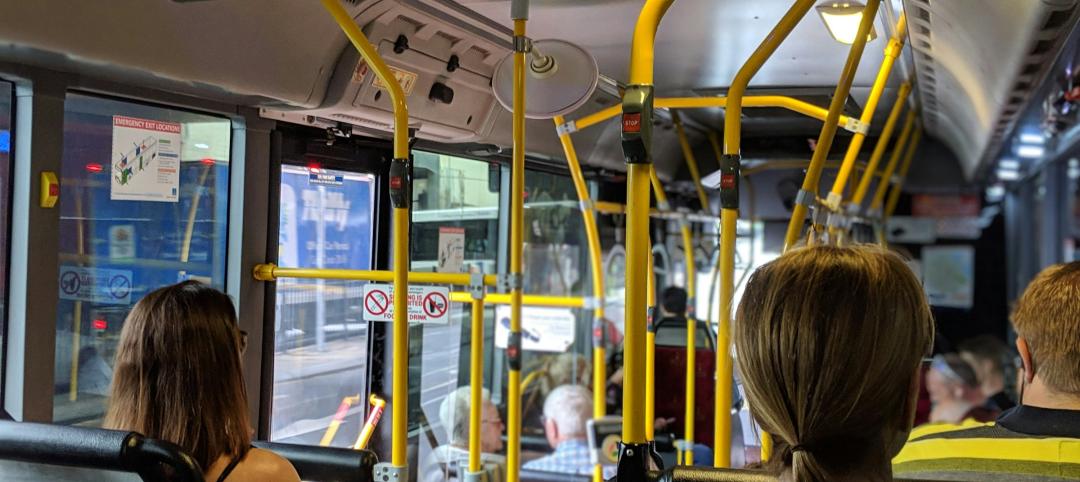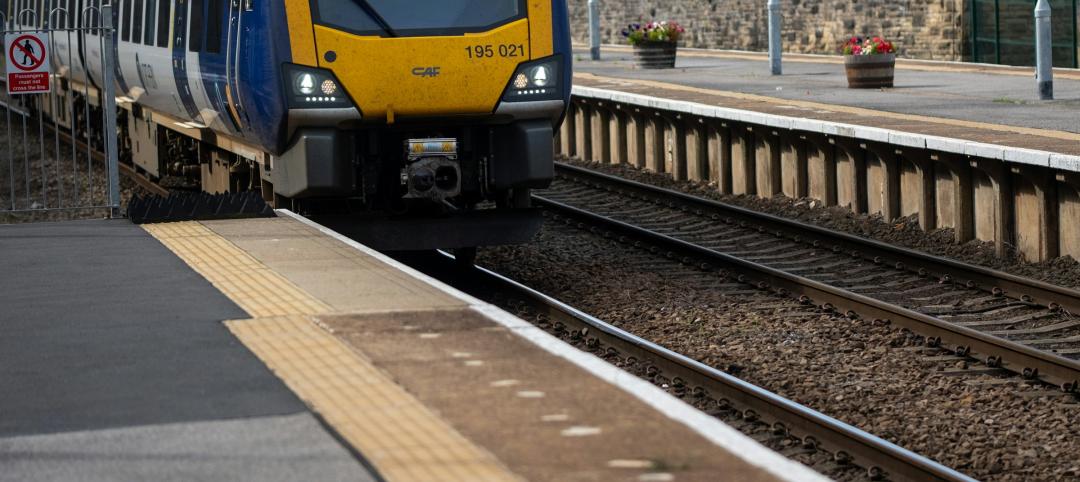A long-shuttered rail station in Fresno, Calif., will be renovated to serve as the city’s high speed rail (HSR) station as part of the California High-Speed Rail Authority system, the nation’s first high speed rail project. California’s HSR system will eventually link more than 800 miles of rail, served by up to 24 stations.
Design firm Page & Turnbull will work on the historic station, with a focus on accessibility updates, upgrades to meet modern fire and life-safety codes and structural and seismic standards, and the rehabilitation of key architectural features of the historic Queen Anne-style depot, built of red brick with a slate bellcast hip-roof and cupolas. Foster + Partners will design a new intermodal station at the site.
The new HSR hub will connect the historic transit depot’s former passenger and freight train stations, as realized through extensive, preliminary site surveys and 3D modeling. Attention to strengthening the buildings’ structural and seismic integrity is a priority, potentially through discrete structural approaches that will preserve the buildings’ original brick walls, such as the integration of obscured concrete columns.
The historic train depot is listed in the National Register of Historic Places. It opened in 1872 as the Central Pacific Railroad station and was later developed into the Southern Pacific Depot, whose service ceased in the early 1970s. The site includes the historic passenger depot, freight depot/railway express agency building, and Pullman Shed.
As a part of the Phase 1, 119-mile Central Valley segment of the California HSR system that also includes Northern and Southern California segments, the 65-mile project section between Merced and Fresno link the Central Valley and Silicon Valley with stations in downtown Fresno and downtown Merced. The Central Valley segment will connect San Francisco to Los Angeles in less than three hours, with service expected to begin in 2027.
When complete, the 800-mile system from Sacramento to San Diego, will include an anticipated 24 HSR stations, with arriving and departing trains travelling at some 200 miles per hour. Phase 1’s 520-mile segment consists of the San Francisco/Merced to Los Angeles/Anaheim section.
Owner and/or developer: California High-Speed Rail Authority
Architect of record for intermodal station: Foster + Partners
Architect of record for historic station: Page & Turnbull
Engineers for intermodal station: Arup
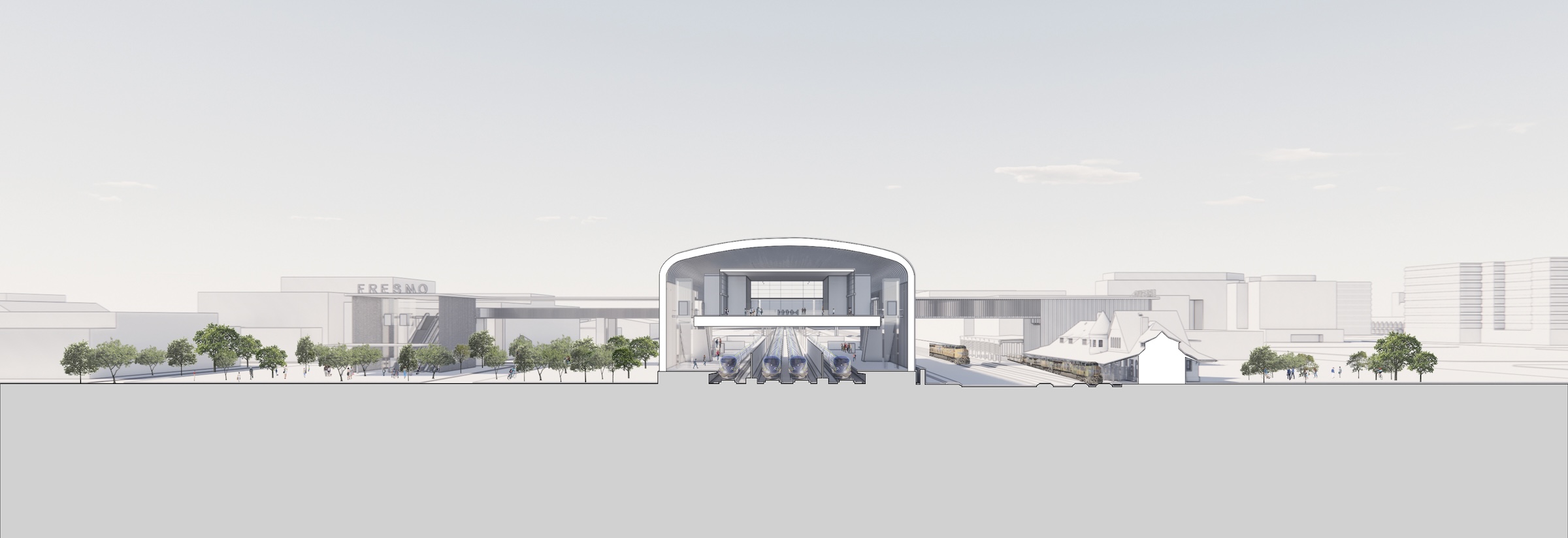
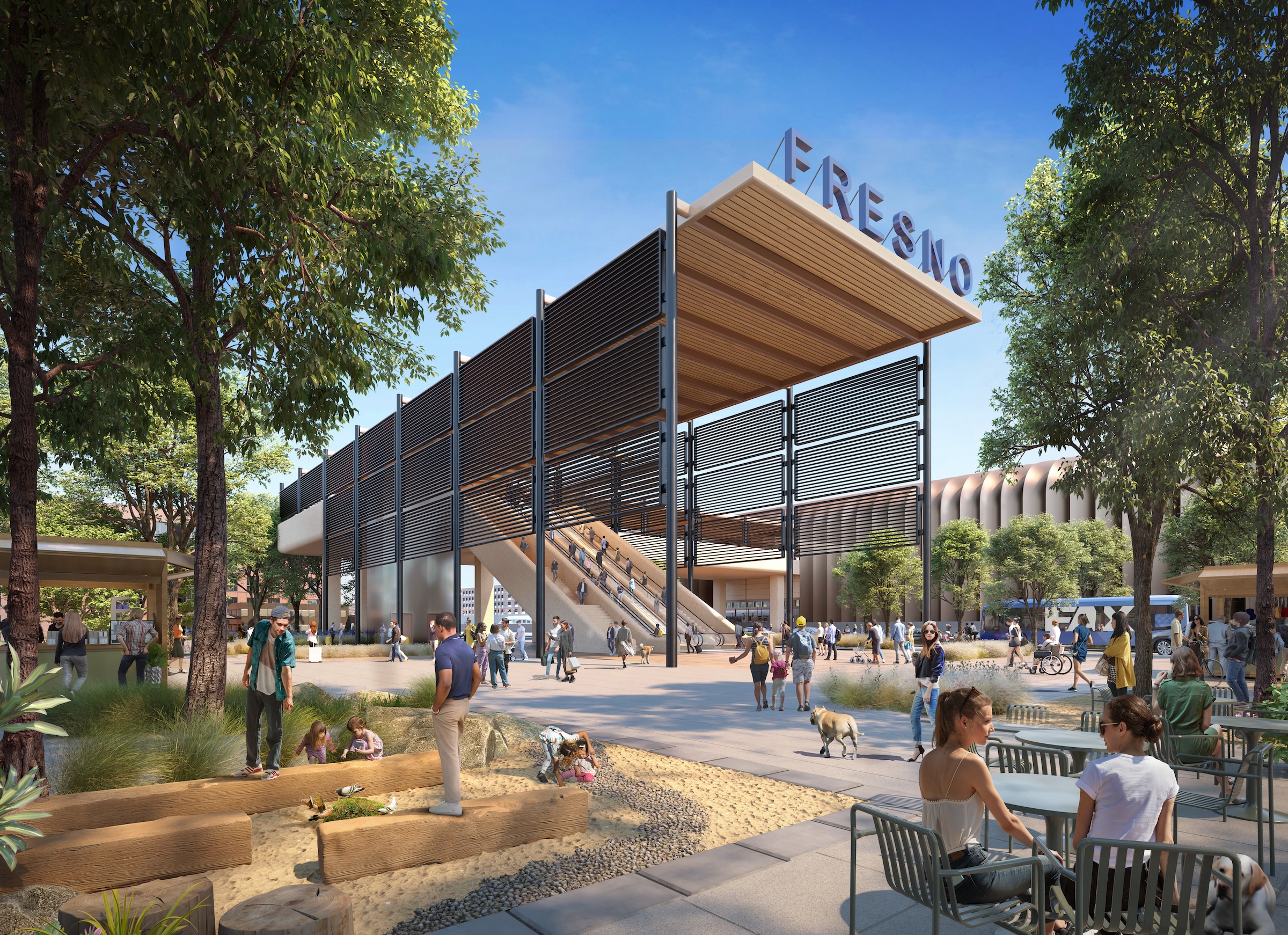
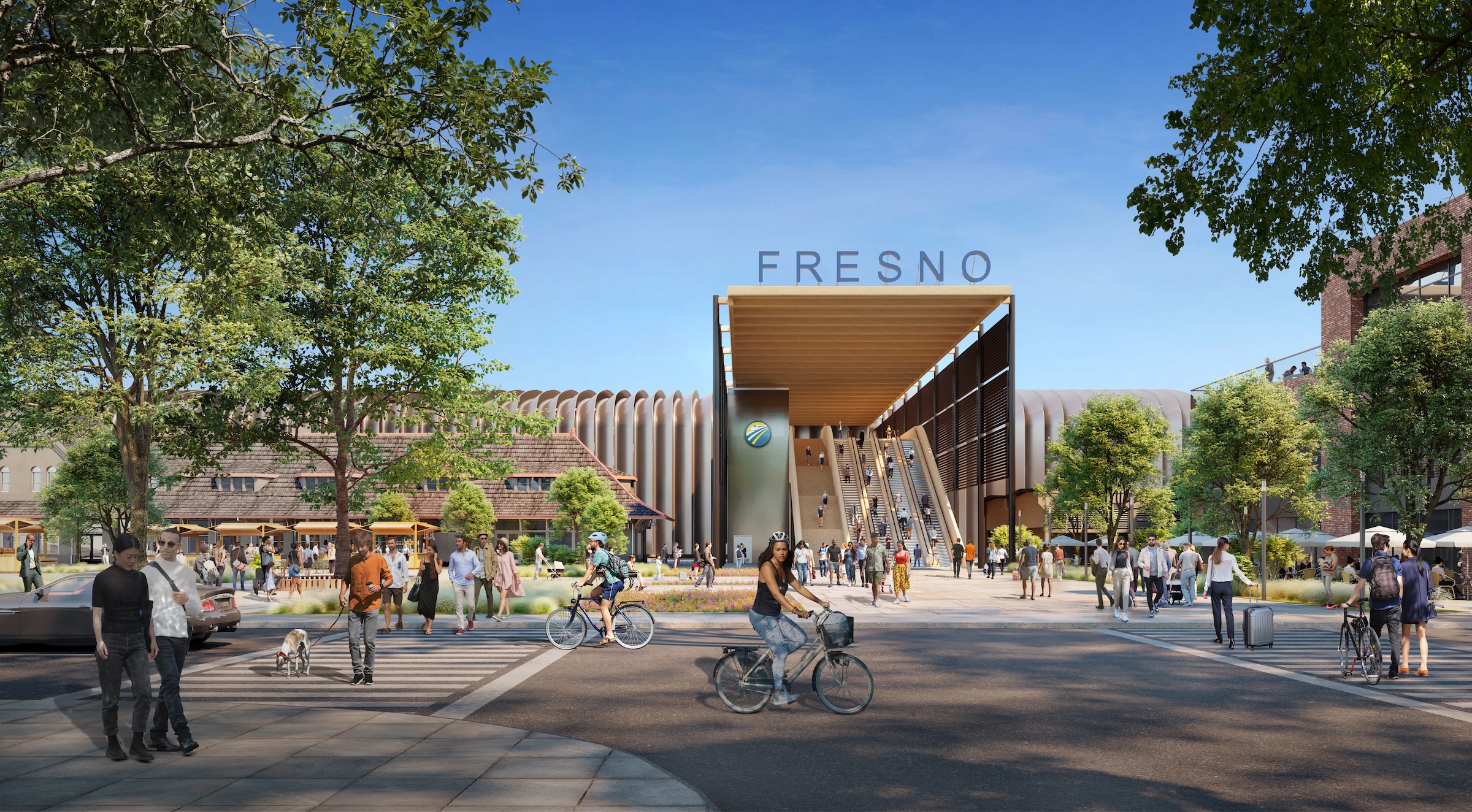
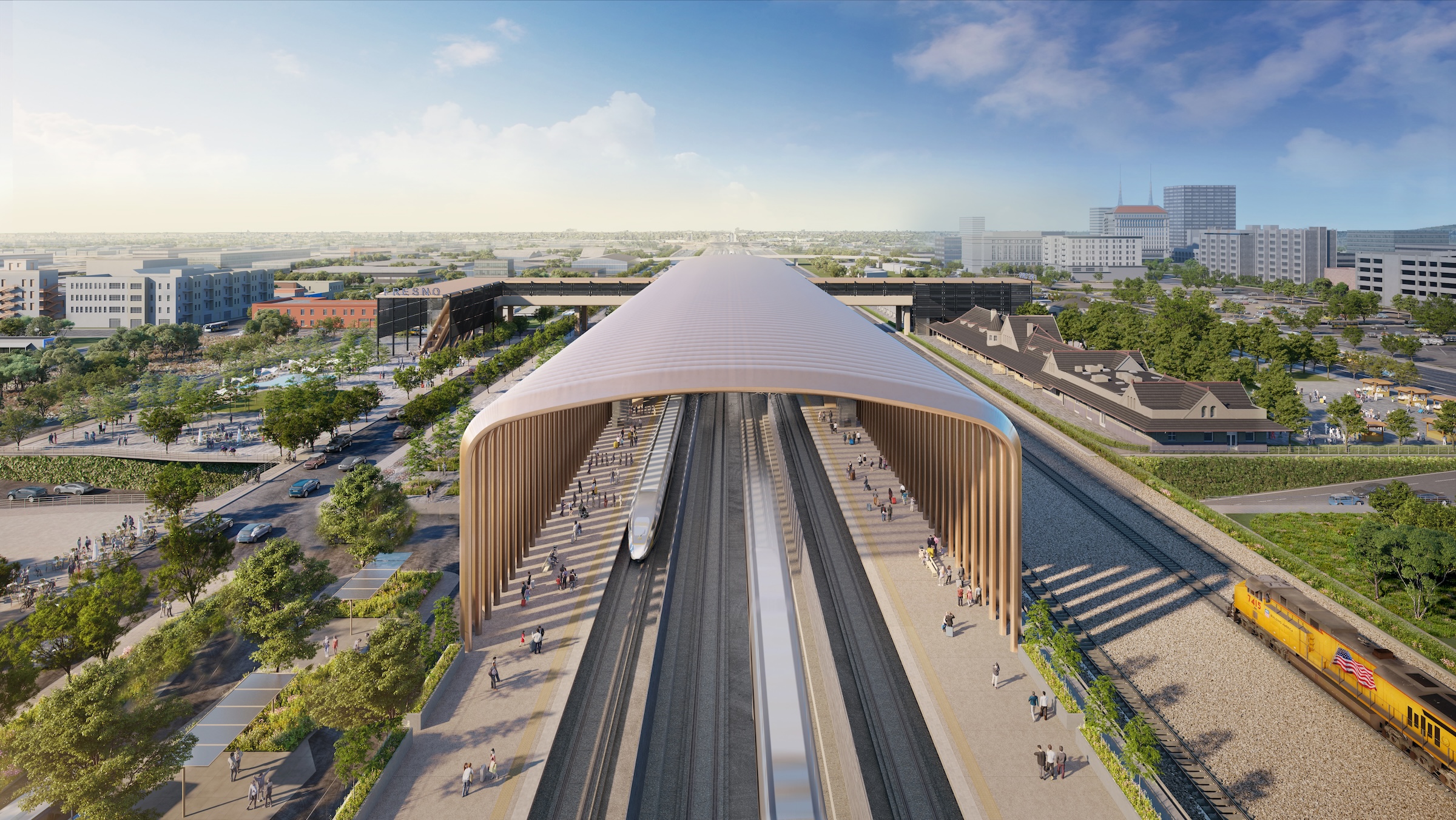
Related Stories
Adaptive Reuse | Jul 12, 2024
Detroit’s Michigan Central Station, centerpiece of innovation hub, opens
The recently opened Michigan Central Station in Detroit is the centerpiece of a 30-acre technology and cultural hub that will include development of urban transportation solutions. The six-year adaptive reuse project of the 640,000 sf historic station, created by the same architect as New York’s Grand Central Station, is the latest sign of a reinvigorating Detroit.
Transit Facilities | Jan 22, 2024
Top 25 Transit Facility Construction Firms for 2023
The Walsh Group, Clark Group, Hensel Phelps, Skanska USA, and Hill International top BD+C's ranking of the nation's largest transit facility general contractors and construction management (CM) firms for 2023, as reported in the 2023 Giants 400 Report. Note: This ranking includes construction revenue for work related to bus terminals, rail terminals, and transit stations.
Transit Facilities | Jan 22, 2024
Top 40 Transit Facility Engineering Firms for 2023
AECOM, Jacobs, EXP, WSP, and Arup head BD+C's ranking of the nation's largest transit facility engineering and engineering/architecture (EA) firms for 2023, as reported in the 2023 Giants 400 Report. Note: This ranking includes design revenue for work related to bus terminals, rail terminals, and transit stations.
Transit Facilities | Jan 22, 2024
Top 40 Transit Facility Architecture Firms for 2023
Perkins&Will, HDR, Gensler, Skidmore, Owings & Merrill, and HNTB top BD+C's ranking of the nation's largest transit facility architecture and architecture engineering (AE) firms for 2023, as reported in the 2023 Giants 400 Report. Note: This ranking includes design revenue for work related to bus terminals, rail terminals, and transit stations.
Sponsored | BD+C University Course | Jan 17, 2024
Waterproofing deep foundations for new construction
This continuing education course, by Walter P Moore's Amos Chan, P.E., BECxP, CxA+BE, covers design considerations for below-grade waterproofing for new construction, the types of below-grade systems available, and specific concerns associated with waterproofing deep foundations.
Transit Facilities | Dec 4, 2023
6 guideposts for cities to create equitable transit-oriented developments
Austin, Texas, has developed an ETOD Policy Toolkit Study to make transit-oriented developments more equitable for current and future residents and businesses.
Giants 400 | Aug 22, 2023
Top 115 Architecture Engineering Firms for 2023
Stantec, HDR, Page, HOK, and Arcadis North America top the rankings of the nation's largest architecture engineering (AE) firms for nonresidential building and multifamily housing work, as reported in Building Design+Construction's 2023 Giants 400 Report.
Giants 400 | Aug 22, 2023
2023 Giants 400 Report: Ranking the nation's largest architecture, engineering, and construction firms
A record 552 AEC firms submitted data for BD+C's 2023 Giants 400 Report. The final report includes 137 rankings across 25 building sectors and specialty categories.
Giants 400 | Aug 22, 2023
Top 175 Architecture Firms for 2023
Gensler, HKS, Perkins&Will, Corgan, and Perkins Eastman top the rankings of the nation's largest architecture firms for nonresidential building and multifamily housing work, as reported in Building Design+Construction's 2023 Giants 400 Report.
Standards | Jun 26, 2023
New Wi-Fi standard boosts indoor navigation, tracking accuracy in buildings
The recently released Wi-Fi standard, IEEE 802.11az enables more refined and accurate indoor location capabilities. As technology manufacturers incorporate the new standard in various devices, it will enable buildings, including malls, arenas, and stadiums, to provide new wayfinding and tracking features.




